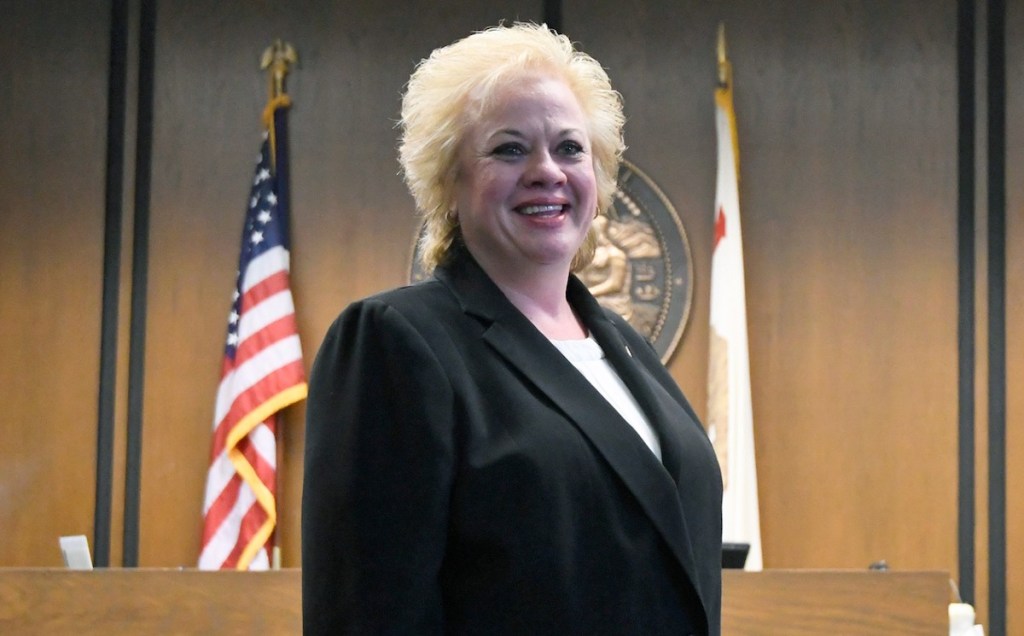A rehabilitation-heavy plan to deal with the handful of violent or serious juvenile offenders now being transferred annually from the state’s juvenile detention facilities back to juvenile facilities in Santa Barbara — their county of origin — received a warm welcome from the county supervisors this Tuesday. Supervisor Gregg Hart described the plan — hatched by the county’s Probation Department — as “the end of the pipeline,” an allusion to the much discussed “school-to-prison pipeline.” Whatever they did, he said, “They’re still young people.”
The county’s Juvenile Realignment Program places a heavy emphasis on connecting the new arrivals with educational opportunities they either never had or didn’t take. It also teaches a wide array of life coping skills that start with the operating assumption that 82 percent of the offenders had experienced significant trauma without requiring that they embrace a trauma-based narrative. And it will do so — at some point — in an environment of natural light and warm colors with a large swatch of open outdoor green space instead of the concrete lakes typical of detention facilities.
“Current research suggests that detention facilities with higher proportions of natural vegetation within its perimeter exhibit lower levels of self-harm and violence between youth and toward staff,” states the report presented to the supervisors.
The county’s plan was hatched in response to SB 823, the state bill mandating the transfer of serious youthful offenders from the state’s “juvenile prison” system to facilities closer to their homes to encourage something other than a life of crime. The focus was to interrupt the chain of detention, release, and re-incarceration that disproportionately defines the life trajectory in communities of color.
Sign up for Indy Today to receive fresh news from Independent.com, in your inbox, every morning.
Because of the severity of the offenses, the new arrivals could be as old as 25 before they’re eligible for release. Until now, juvenile facilities were restricted to those under the age of 18. Currently, there’s only one such transfer residing at the Susan J. Gionfriddo Juvenile Justice Center in Santa Maria. The facility is expecting two to five a year; the maximum number anticipated is six.
Based on a survey of juveniles sentenced to statewide juvenile facilities since 2017, 71 percent were Hispanic, 24 percent were Black, 81 percent had a history of gang involvement, 18 percent had been in foster care at some point, and 36 percent reported a mental-health diagnosis at the time of commitment. Those sent to Santa Maria will be the focus of an individualized rehabilitation plan designed to engineer new support systems.
Supervisor Steve Lavagnino said he initially had his doubts. “I came from the old school,” he said. “You got to let these kids know we mean business.” But then he added, “This is a new approach, and I’m very excited to see where it goes.” Anything compared to what he termed “the state prison system” was bound to be better.
Not mentioned in the report were any thorny financial details. The rehab work to turn the juvenile hall yard into green space will cost $317,000, and to rehab another of the units, $225,000. Minimum staffing costs for a unit is just over $1 million, which incidentally is about how much funding the proposal has so far received.
Support the Santa Barbara Independent through a long-term or a single contribution.

